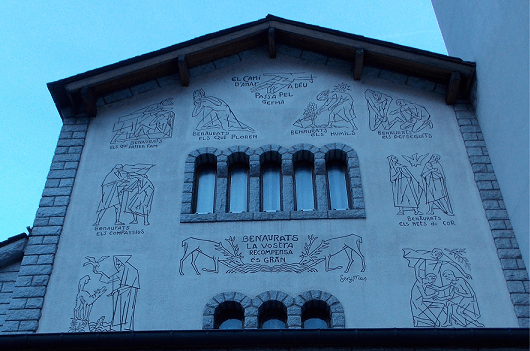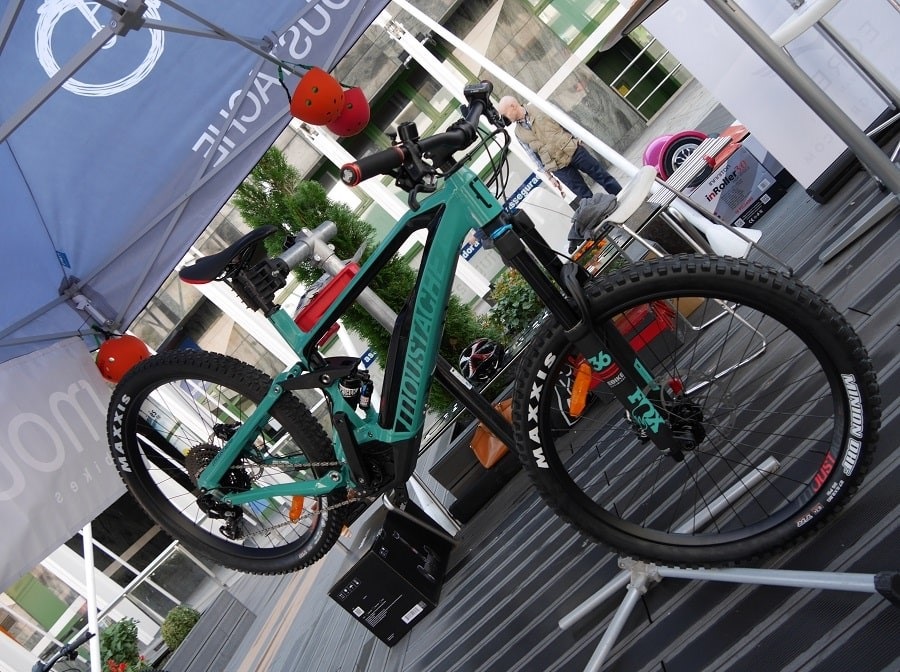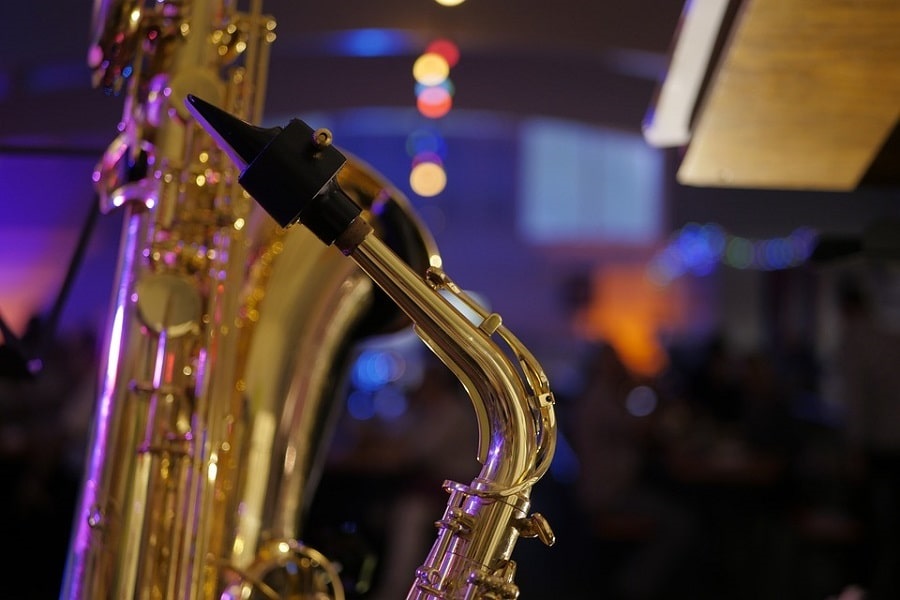 WELCOME TO MULTILINGUAL ANDORRA – THE COUNTRY WHERE SPEAKING THREE LANGUAGES IS NORMAL
WELCOME TO MULTILINGUAL ANDORRA – THE COUNTRY WHERE SPEAKING THREE LANGUAGES IS NORMAL
When I first came here over 30 years ago, Andorra (Pyrenees) had three official languages: French – in honour of her 700 year connection to France, her powerful neighbour to the north. Spanish in honour of her 700 year connection to Spain, the powerful neighbour to the south and Catalan language because it is the language of the Andorrans, dating back to medieval times and before when their country was a fiefdom of the Kings of Aragon and Catalonia.
As I already spoke French moderately well, I decided, on principle, to learn one of the other languages. At that point I didn’t realise the importance of Catalan to national identity, so I opted for Spanish – our boat was moored in Spain. It took me more than a year to discover that actually Catalan was what I should be learning, if for no other reason than as a polite sign of respect to my host country. For the next 15 years I was totally confused and communicated through ‘Spatalan’, plus enthusiastic hand signals.
I have a comic memory of those early days. I was religiously going to the Government’s free, weekly Catalan classes but I found, each time I went into a shop to practice by saying ‘Bon dia!’, the shop assistant replied ‘Buenos dias, Señora.’ Was this perhaps some ritual like that in Swahili where a formal greeting between two people has a set script of seven phrases starting with ‘Hujambo’ and ending in ‘Asante’? If someone said ‘Buenos dias’ to me, was I supposed to reply ‘Bon dia.’? But no, it turned out that it was probably a leftover from Franco’s dictatorship. Then Catalan in Catalonia was only spoken freely in the home. When outside the home, on the street and to foreigners, people spoke Spanish, indeed speaking in Spanish to foreigners was considered by many as a courtesy, and this courtesy had lingered on amongst the Spanish shop assistants in Andorra – and only served to increase my ‘Spatalan’ confusion.
For Andorrans, however, there is no confusion. They simply speak Catalan, French and Spanish naturally, picked up as very small children. Sometimes they switch language in mid-sentence. Indeed if you join the fortnightly Language Suppers you will find that, at the half-hourly tinkle of a bell, the diners also switch mid-sentence from English to either Catalan or Spanish or vice versa, depending on which table they are sitting at. I remember a friend of mine’s granddaughter, aged six, standing surrounded by an international circle of her granny’s friends and deftly chirping up in whichever language was appropriate. Apparently small children identify languages not by precise words but by the cadences of the speech. I noticed that, when trying to pick up the BBC World Service on a crackly radio in some remote Asian anchorage, though I couldn’t actually understand the words, I yet knew by the ‘music’ whether it was an English, French or Portuguese programme that I was tuned into.
In 1993 Andorra’s trilingual viewpoint changed. That was the year that the country’s enfranchised population voted by 70% for their first written constitution. In the Constitution, Catalan was declared the country’s only official language. An office of Political Linguistics was set up. Rules came out about the use of Catalan in shops: all customers should first be addressed in Catalan only switching to the tourist’s own language when necessary; and on posters: Catalan words had to come first and in larger print. Understandable. Would you like posters in your country to be in a foreign language?
And yet. Did it change so very much? Since then the campaign to promote Catalan has, in my opinion, certainly run smoothly, with the numbers of people speaking it in the home growing with each survey. But Andorra is unique in many ways and one of them is their education system. Can you imagine any other country relaxed enough to allow neighbouring governments, in this case France and Spain, to offer a primary and secondary education based on their own home systems? It was not until 1982 that the Andorrans, by parental request, started their own non-religious education system with a kindergarten, and then, over the years, expanding it to cover all age groups up to secondary graduation and in all areas of the country. Today, thanks to cross border agreements, Andorran children, educated in any of the three systems, are entitled to apply to universities in either neighbouring country or attend the small local Andorran university in San Julia de Loria.
So how does the trilingual system work? Take the Andorran schools. They accept children from age two and a half (see previous blog Culture from the Cradle.) When the children arrive at primary school they are taught in Catalan until age four. After which half their classes are in Catalan and half in French. By the time they are six they are nearly always bilingual, which is when the children are introduced to English. Spanish is added later because, as a teacher told me, “They will probably be speaking that in the playground anyway.”
The French and Spanish systems are also bound to teach all three languages with the idea that when any pupil arrives at secondary school they are fluent in all with a good number speaking English as well. Having no fear of ‘foreign’ languages, the children approach them in a much more can-do, relaxed manner.
Some people complain that the international language of English should have a more prominent place in a country whose economy depends on tourism. They have a point. But how wonderful it would be if British or American children could be multilingual too.
Culturally yours,
Clare
_____________










